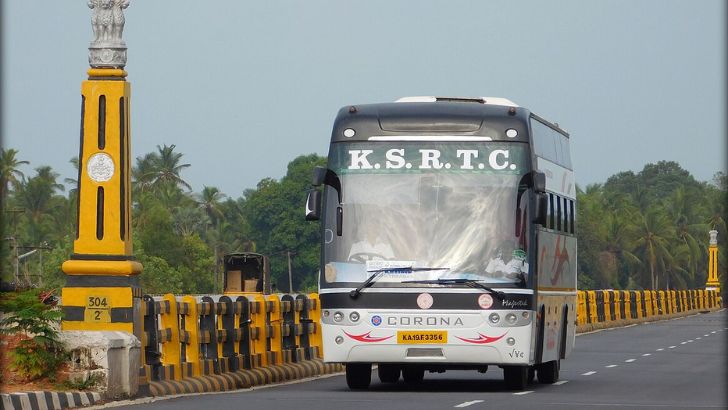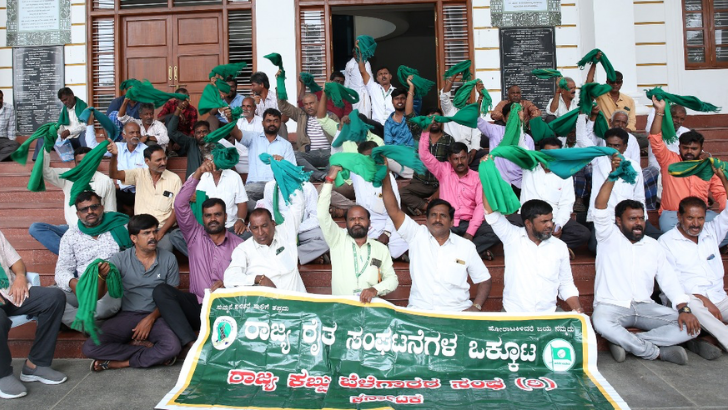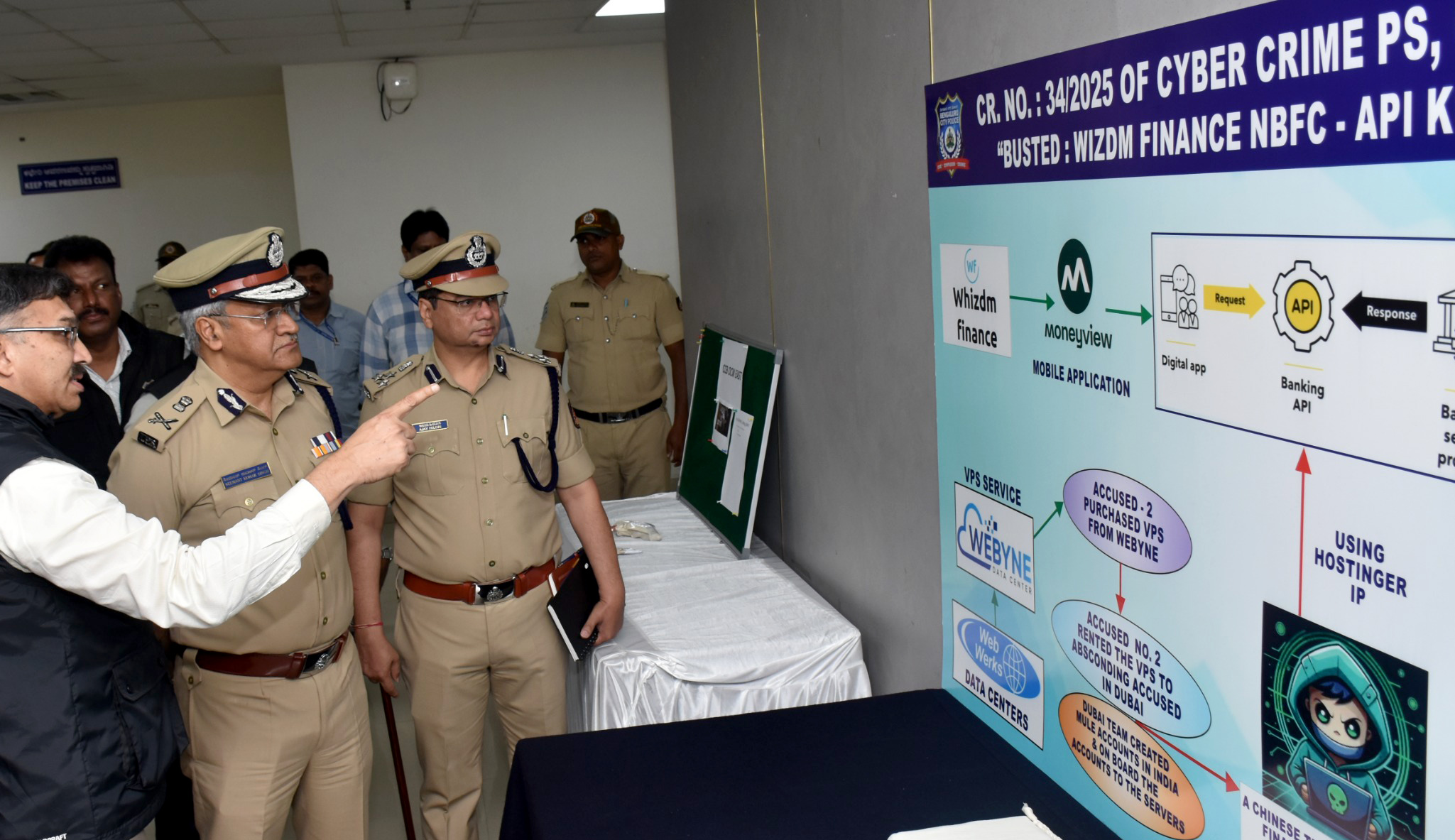After Kurnool tragedy, Karnataka to audit State-run buses
Karnataka’s transport minister has ordered a State-wide safety audit of all public buses, directing corporations to inspect maintenance, emergency exits, and fire safety measures.
PTI

Bengaluru, 29 Oct
The four State-run road transport corporations will conduct a safety audit of their buses after the recent bus accident in Kurnool killed 20 people.
Transport Minister Ramalinga Reddy instructed the managing directors of the four corporations to undertake a review of the renewal and maintenance of all buses.
The applies to vehicles operated by the Karnataka State Road Transport Corporation (KSRTC), Bengaluru Metropolitan Transport Corporation (BMTC), Kalyana Karnataka Road Transport Corporation (KKRTC) and North Western Karnataka Road Transport Corporation (NWKRTC).
In a letter dated 28 October, Reddy described the Kurnool accident as "deeply tragic. In this context, safety systems in all transport corporation buses across the State must be reviewed”.
Reddy directed officials to maintain strict vigilance to ensure that no easily inflammable or explosive materials are transported along with commercial goods or luggage on buses.
He said all air-conditioned buses must be equipped with hammers to break windows in case of emergencies, and that no person should be allowed to sleep or rest in the luggage compartment area.
"A review must also be conducted regarding the renewal and maintenance of buses," he said.
Recalling a similar accident near Haveri district during his previous tenure as transport minister, when a private bus caught fire killing several passengers, Reddy said the incident had prompted a State-wide safety drive.
He said the campaign was launched to ensure that around 50,000 vehicles—including transport corporation buses, contract carriage buses, private tourist buses, tempo travellers and school vehicles—were fitted with functional emergency exit doors.
"During that campaign, several deficiencies were identified, and the installation of emergency exits was made mandatory," the letter stated.










.png)
.png)
.png)


.png)

.png)
.png)
